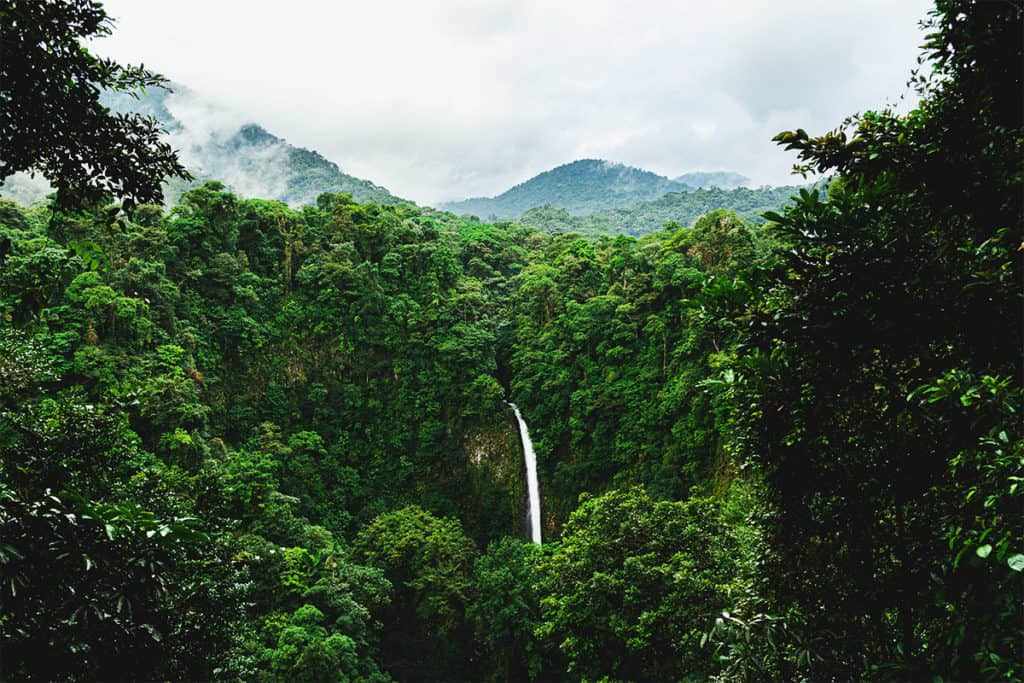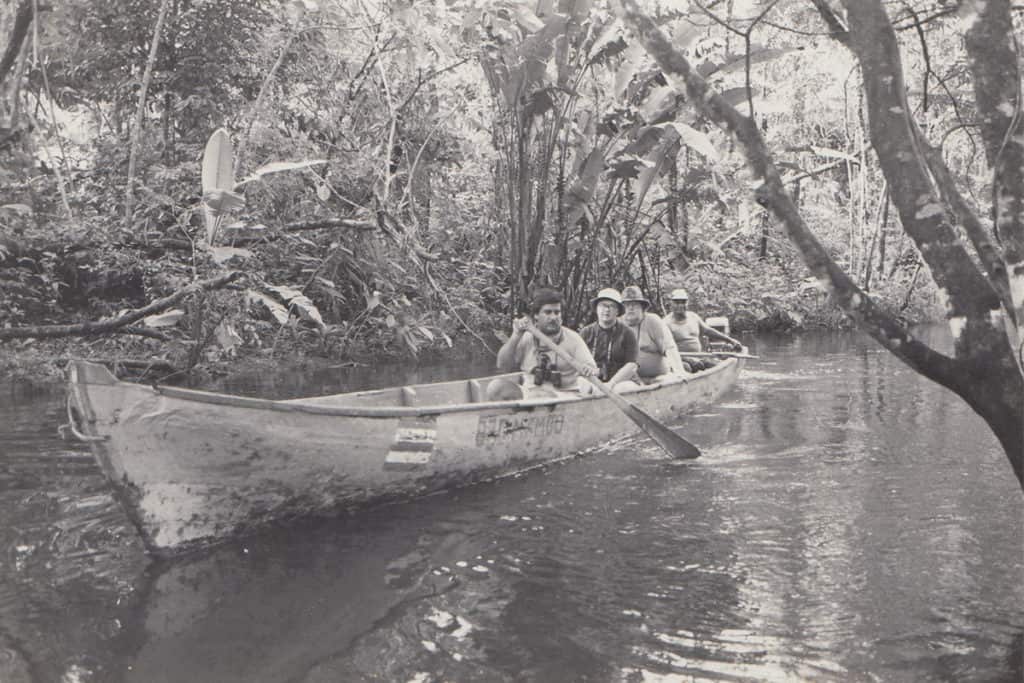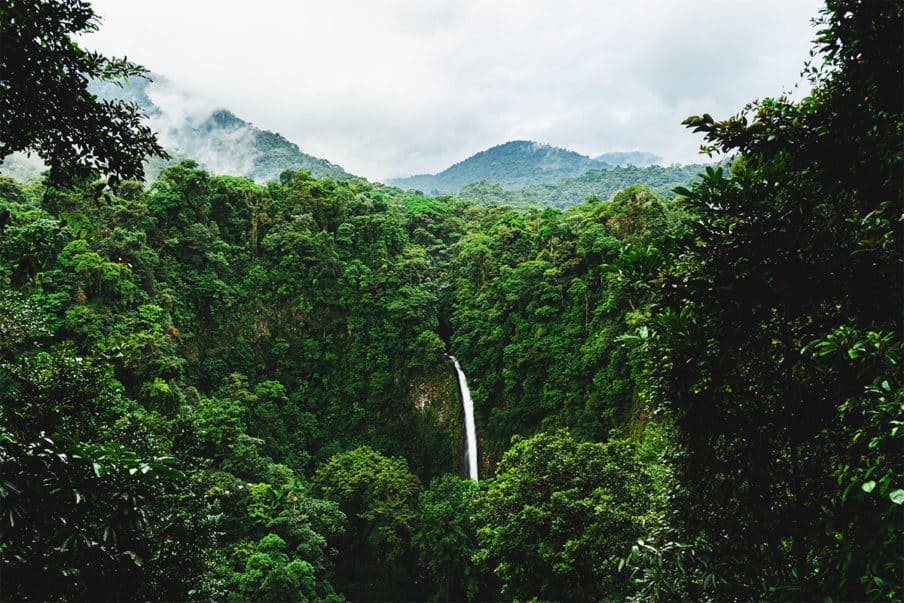
Costa Rica dedicates nearly 28% of its land to protected areas, a significant commitment for a country of just 51,100 square kilometers. This small nation hosts an estimated 5-6% of the world’s biodiversity, ranking it among the most biodiverse countries per square kilometer.
From rainforests to coastlines, Costa Rica’s protected lands safeguard diverse ecosystems and wildlife, offering visitors opportunities to explore nature while supporting conservation. This guide explains what protected lands are, how they function in Costa Rica, their historical context, and the programs that sustain them, encouraging responsible travel to this eco-friendly destination.
What Are Protected Lands in Costa Rica?
Protected lands, or conservation areas, are regions legally set aside to preserve natural, cultural, or ecological resources. In Costa Rica, these areas protect a wide range of species, including over 850 birds, 237 mammals, and 1,260 tree types.
They restrict human activity and resource use to maintain ecosystems, with rules varying by area. Managed by the National System of Conservation Areas (SINAC) under the 1998 Biodiversity Law, these lands cover about 25-28% of Costa Rica’s terrestrial area and 30% of its marine zones.
They include national parks, wildlife refuges, biological reserves, forest reserves, protected zones, and indigenous reserves, spanning mountains, wetlands, and ocean habitats. Some areas connect forests, allowing animals like jaguars to move between regions safely.
Types of Protected Lands in Costa Rica
Costa Rica’s protected lands serve different purposes, from public education to restricted research. The country has 30 national parks, many open for activities like hiking, birdwatching, or guided tours. Corcovado National Park on the Osa Peninsula is known for its diverse wildlife, while La Amistad International Park, covering over 400,000 hectares across the Talamanca Mountains and shared with Panama, is the largest, protecting extensive forests.
Other protected areas include 60 wildlife refuges, 11 forest reserves, 8 biological reserves, 30 protected zones, and 15 wetland or mangrove areas. These focus on conservation and research, with limited or no public access to reduce human impact.
For instance, Monteverde Cloud Forest Reserve supports scientific studies, and wildlife refuges protect habitats for endangered species. Indigenous reserves, home to groups like the Bribri, preserve cultural traditions and forests, with access typically restricted unless communities allow guided visits. Marine protected areas, expanded to 30% of Costa Rica’s waters by 2021, cover places like Cocos Island National Park, protecting species like sharks and sea turtles.
| Type of Protected Area | Number | Purpose | Public Access |
|---|---|---|---|
| National Parks | 30 | Conservation, ecotourism, education | Open, some with visitor caps |
| Wildlife Refuges | 60 | Habitat protection, species recovery | Limited, often research-only |
| Biological Reserves | 8 | Research, ecosystem preservation | Restricted, research-focused |
| Forest Reserves | 11 | Forestry, biodiversity protection | Limited, some guided access |
| Protected Zones | 30 | Buffer zones, ecological corridors | Varies, often restricted |
| Wetlands/Mangroves | 15 | Coastal ecosystem protection | Limited, research or guided tours |
| Indigenous Reserves | Varies | Cultural and forest conservation | Restricted, guided with permission |
History of Protected Lands in Costa Rica
Costa Rica’s conservation efforts grew from a challenging past. In the early 20th century, deforestation for agriculture and cattle ranching reduced forest cover to about 24.4% by 1985, endangering species and resources.
The 1960s marked a shift with the creation of Cabo Blanco National Reserve, followed by the national park system in 1970. By the 1980s, the Ministry of Environment and Energy (MINAE) was established, and the National Conservation Strategy for Sustainable Development introduced policies to stop deforestation and promote ecotourism, which contributed 8.2% to GDP in 2016.
The 1996 Forestry Law and a ban on logging in government forests helped forest cover recover to nearly 60% by 2023. These efforts earned Costa Rica the UN’s Champion of the Earth award in 2019, recognizing its role as a global leader in conservation.
Debt-for-Nature Program: A Key Conservation Tool
Costa Rica’s Debt-for-Nature Program is a creative way to fund conservation. The government agrees to protect specific areas from resource extraction, and in return, international groups buy portions of the country’s debt at a discount. The savings are reinvested into conservation projects.
For example, The Nature Conservancy purchased $80 million of Costa Rica’s debt for $13 million, allowing Costa Rica to allocate $40 million to initiatives like expanding protected areas. The program also supports communities near protected lands with stipends, reducing poaching and encouraging locals to protect forests. In 2023, 2,355 complaints about illegal logging highlighted the ongoing need for such efforts.
Ecotourism and Sustainability

Ecotourism drives Costa Rica’s conservation and economy. Visiting national parks like Manuel Antonio, which limits daily visitors to 800 and closes Mondays, or Monteverde supports conservation while educating travelers.
The Certification for Sustainable Tourism (CST) helps visitors choose eco-friendly lodges and tours. Forests store about 200 million metric tons of carbon, and marine areas protect mangroves, aiding Costa Rica’s goal to be carbon-neutral by 2050. Travelers can support these efforts by following park guidelines and choosing certified operators.
Why Explore Costa Rica’s Protected Lands?
Costa Rica’s protected lands offer unique experiences, from hiking in Monteverde to spotting wildlife in Corcovado or learning about indigenous cultures in guided reserve tours. By visiting, you support a country that protects 5% of global biodiversity in just 0.03% of the world’s land. Plan a trip to explore these areas responsibly, contributing to conservation and sustainable travel in Costa Rica.

